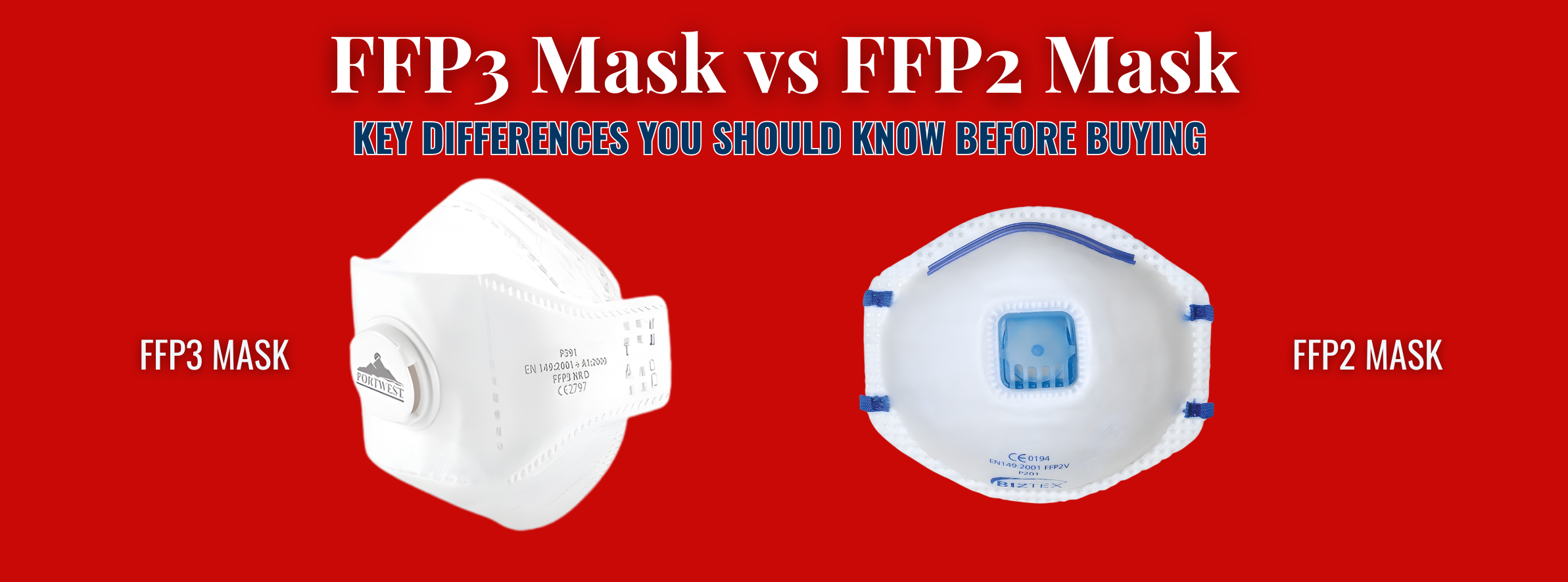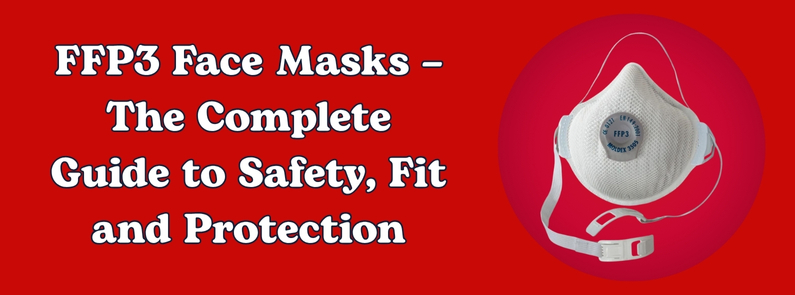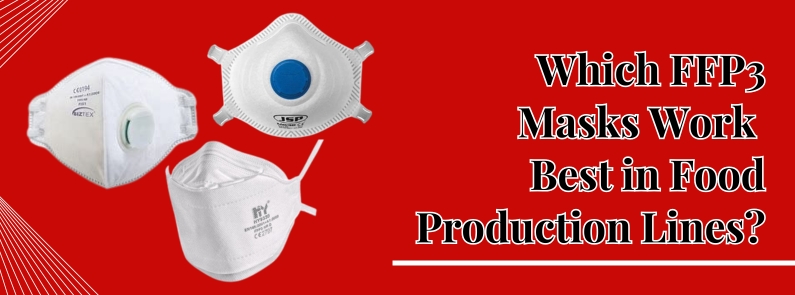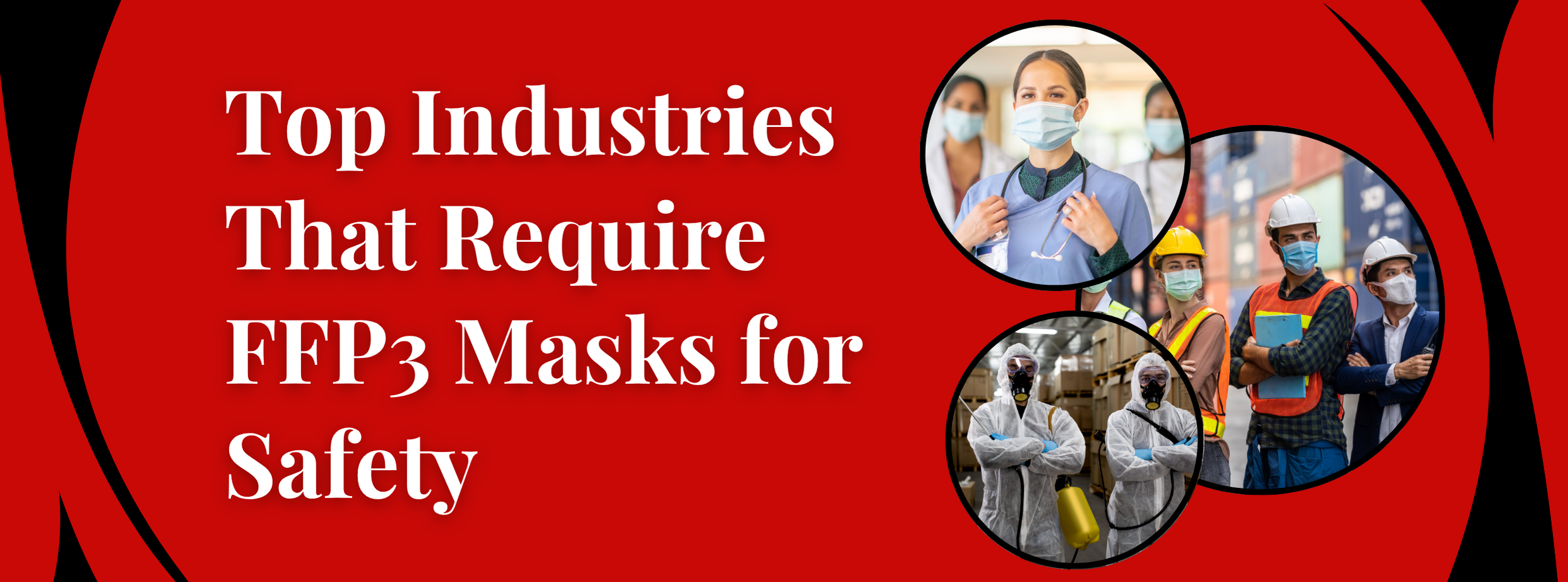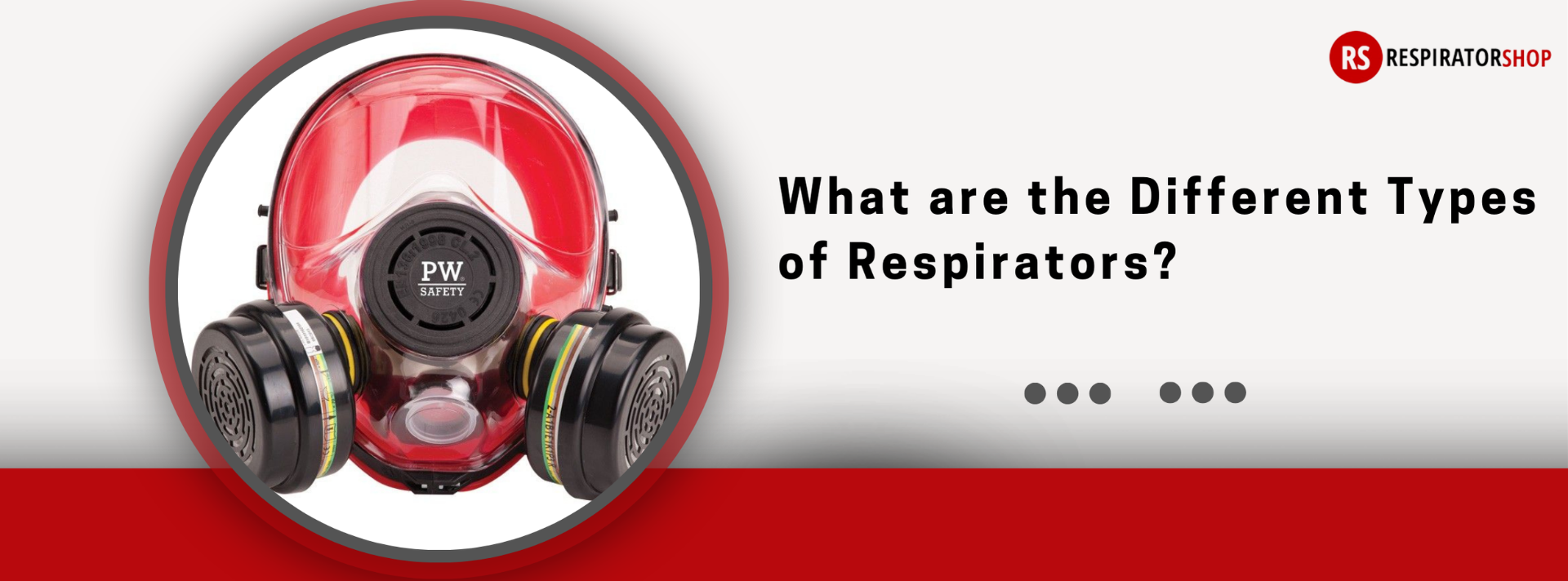
Respirators are essential devices that workers from different industries wear to protect themselves from insufficient oxygen, harmful dust, fogs, mists, gases, vapours, sprays, and smoke. Since respirators are used across different industries, like healthcare, construction, and manufacturing, respirators come in different types to provide the appropriate level of protection depending upon the environment and hazard levels.
Respirators come in different types, from disposable masks (suitable for healthcare settings where the risk of airborne particles is limited) to powered respiratory masks (advanced, battery-powered masks used in high-risk environments like industrial settings), to suit specific hazards and levels of protection.
Choosing the right respirator is crucial for ensuring safety and health in environments with breathing risks. Let’s understand the different types of respirators and how each plays a unique role.
Different Types of Respirators
Respirators are useful whenever there is a risk of harmful airborne particles or gases in the workplace environment. Properly fitted protective masks will prevent serious health concerns if dust, chemicals, or asbestos exists. There are two major types of respirators, and then there are different types of respirators that comes underneath each category:
1. Air Purifying Respirators
Air-purifying respirators (APR) are protective devices that filter all contaminants in the surrounding air. These are a very necessary component of ensuring safe breathing in environments with polluted or hazardous air.
The APR is designed to make dangerous airborne particles, chemicals, or gases pass through filters, cartridges, or canisters before they get into the lungs of a person. Depending upon the nature of potential hazards involved, there exist different forms of APRs, each with their level of protection and features addressing various needs.
There are four types of respirators available to fulfil this purpose, and they are:
1. Elastomeric Half-Face Piece Respirator: These respirators provide protection against particulates, gases, and vapour. They cover the nose and mouth and are reusable. Made from silicone and rubber for comfort and durability, these respiratory masks are used in healthcare, manufacturing, and construction industries.
2. Elastomeric Full-Face Piece Respirator: Similar to the half-face piece respirator, these respiratory masks are reusable and durable. Commonly used in hazardous environments, they protect the face, including the eyes, from airborne contaminants and chemical splashes.
3. Filtering Face Piece Respirator: These disposable masks are made from synthetic fibres and protect only the nose and mouth from particulate matter like dust, mist, and fumes. This type of respiratory mask is used in construction, cleaning, and manufacturing processes. It is best for temporary uses.
4. Powered Air Purifying Respirator: PAPRs have a battery-powered blower that draws air actively through attached filters, cartridges, or canisters. They then deliver filtered air to the wearer through positive pressure inside the respirator to minimise the possibility that contaminants may leak in. Depending on the filter used, they help protect against gases, vapours and particles. This type of respiratory protection is generally used in healthcare, hazardous waste management and chemical processing industries.
2. Atmosphere Supplying Respirators
Atmospheric supplying respirators provide the worker with clean air for breathing coming from a source that is isolated from the ambient atmosphere. Therefore, ASRs ensure that the worker receives fresh, clean air from another source aside from the atmospheric condition. This is different from the working mechanism of air-purifying respirators, which pull out contaminants directly from the surrounding air. There are three types of atmospheric supplying respirators available in the market, and they are:
1. Supplied Air Respirators: Air supply respirators, also known as airline respirators, are worn when supplied from an independent source outside the area by a hose or duct. They feature a breathing source (outlet) where breathable air is always fed through a hose for users to breathe safely in harmful or insufficiently oxygenated environments. Used in industries like painting, coating and hazardous material handling, these often come in a tight-fitting facepiece or a loose-fitting hood to provide flexibility and comfort options.
2.Self-Contained Breathing Apparatus: Self-contained breathing Apparatuses carry a high-pressure air tank on the user's back, providing an independent, portable air supply. SCBAs are generally reserved for high-risk environments since they provide full respiratory protection in conditions and do not bind the wearer to any particular location. Used by firefighters, emergency responders, and workers in hazardous areas, these masks are designed to protect from toxic gases, vapour, and oxygen deficiency.
3.Combination Respirators: Combination respirators combine features from Supplied Air Respirators and other forms of respiratory protection to provide ultimate safety in complex environments. These respirators are flexible and comfortable and are used in chemical processing, hazardous waste cleaning, and other high-risk environments. Proper selection, maintenance and training allow the full development of the advantages of safety through ASRs, and protection in dangerous industrial or rescue situations
The Bottom Line
The right respirator safeguards your health from severe diseases. Respirators differ in protecting individuals, providing comfort while they work, and its conveniences. Powered respirators and powered respirator hoods are ideal if high security is what you look forward to while you want comfort and ease with your every breath.
To get the best respirators based on your industry and use case, you can find a variety of respirators at Respirator Shop. We offer a wide range of respiratory protection along with the right guidance for fittings and practises for safe use.

